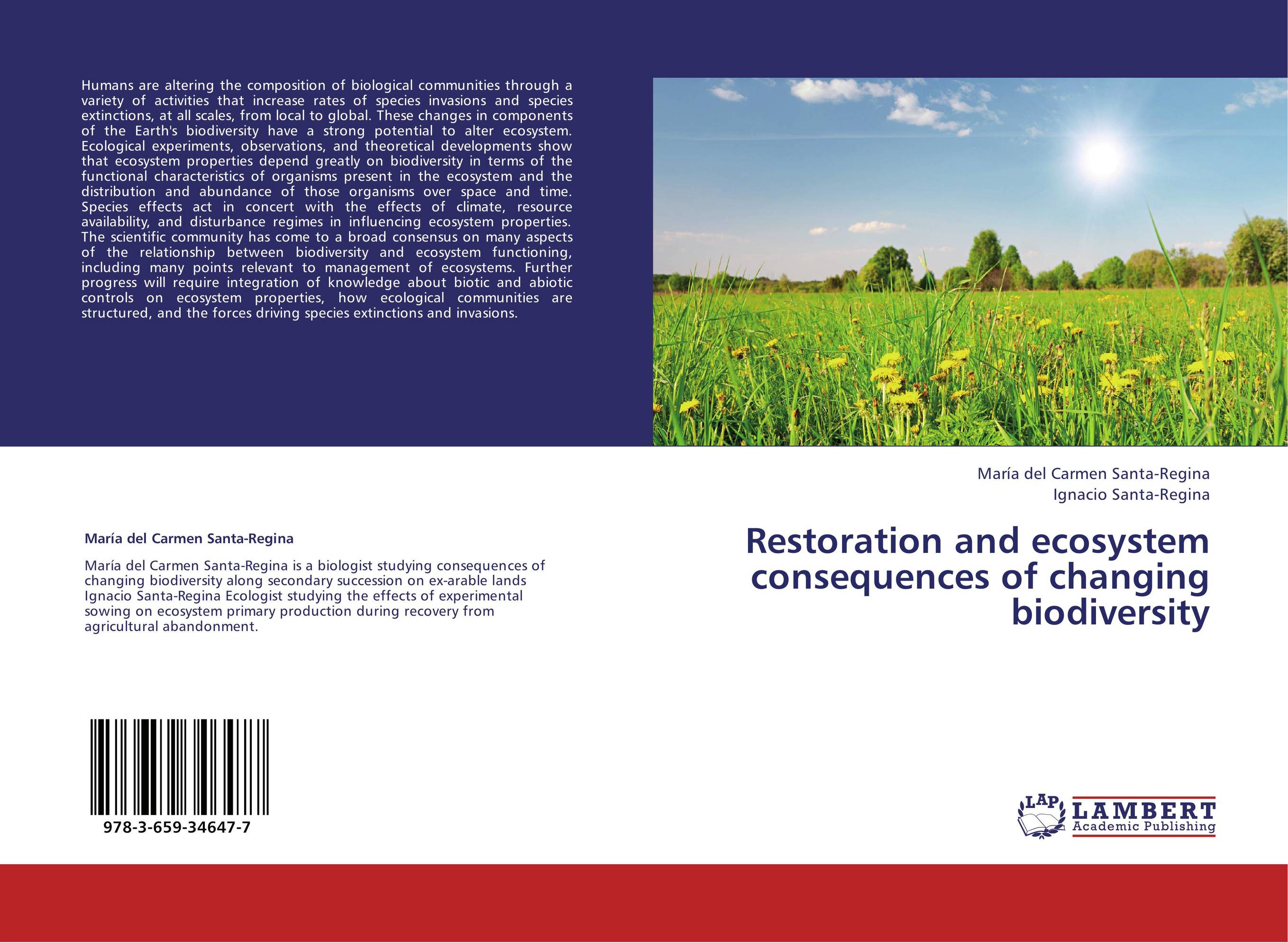| Поиск по каталогу |
|
(строгое соответствие)
|
- Профессиональная
- Научно-популярная
- Художественная
- Публицистика
- Детская
- Искусство
- Хобби, семья, дом
- Спорт
- Путеводители
- Блокноты, тетради, открытки
Restoration and ecosystem consequences of changing biodiversity.

В наличии
| Местонахождение: Алматы | Состояние экземпляра: новый |

Бумажная
версия
версия
Автор: Mar?a del Carmen Santa-Regina and Ignacio Santa-Regina
ISBN: 9783659346477
Год издания: 2013
Формат книги: 60×90/16 (145×215 мм)
Количество страниц: 68
Издательство: LAP LAMBERT Academic Publishing
Цена: 30074 тг
Положить в корзину
| Способы доставки в город Алматы * комплектация (срок до отгрузки) не более 2 рабочих дней |
| Самовывоз из города Алматы (пункты самовывоза партнёра CDEK) |
| Курьерская доставка CDEK из города Москва |
| Доставка Почтой России из города Москва |
Аннотация: Humans are altering the composition of biological communities through a variety of activities that increase rates of species invasions and species extinctions, at all scales, from local to global. These changes in components of the Earth's biodiversity have a strong potential to alter ecosystem. Ecological experiments, observations, and theoretical developments show that ecosystem properties depend greatly on biodiversity in terms of the functional characteristics of organisms present in the ecosystem and the distribution and abundance of those organisms over space and time. Species effects act in concert with the effects of climate, resource availability, and disturbance regimes in influencing ecosystem properties. The scientific community has come to a broad consensus on many aspects of the relationship between biodiversity and ecosystem functioning, including many points relevant to management of ecosystems. Further progress will require integration of knowledge about biotic and abiotic controls on ecosystem properties, how ecological communities are structured, and the forces driving species extinctions and invasions.
Ключевые слова: biodiversity, stability., species richness, changed land use, complementary resource use, community assembly, ecosystem processes, plant functional groups, sampling effect, Secondary Succession



